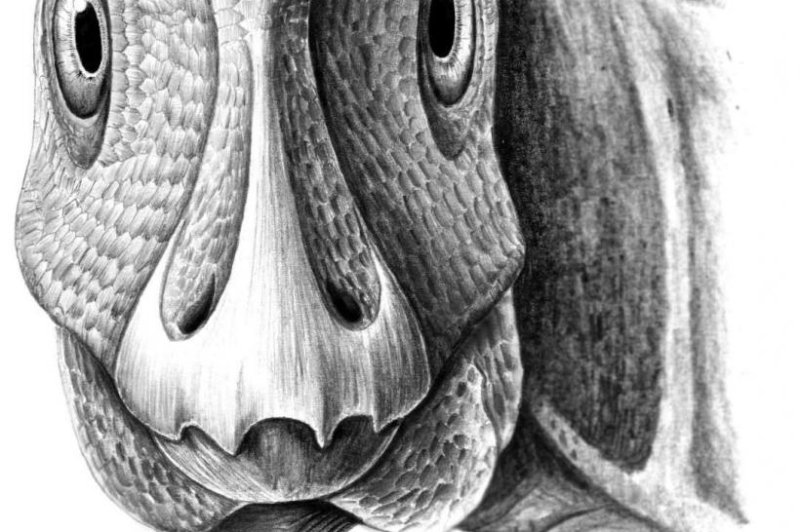SOUTHAMPTON, England, July 5 (UPI) -- Scientists have unearthed the first fossilized facial tumor. The ancient facial growth belongs to Telmatosaurus transsylvanicus, one of the earliest hadrosaur species -- a duck-billed dinosaur.
The tumor is an ameloblastoma, a benign type of growth found in the jaws of humans, mammals and reptiles. Neither it nor any other type of facial tumor has ever before been seen among fossilized animals.















